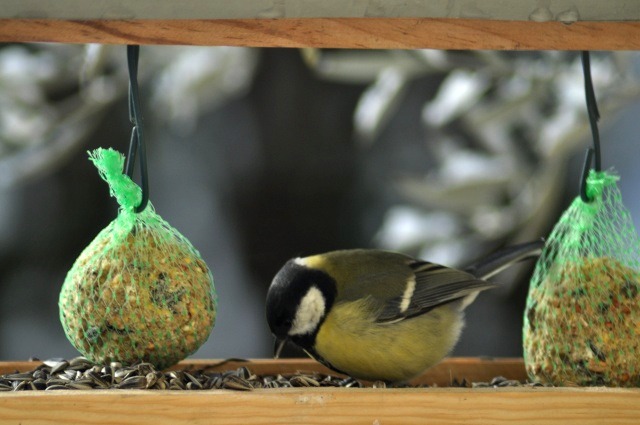Why I Tweet Three Links A Day

Every day, there are thousands of interesting articles being published online. But each of us have only a few minutes to spend reading them. That’s where curation enters: you follow someone who republishes only the articles they like the most. Twitter is a fantastic tool for that purpose, but it took me some time to understand how to use it wisely. Here is how I read, choose, and share the knowledge I find.
Why I Tweet Links
Tweets are a great way to store links to the online resources I want to keep for later. I used to be a heavy Delicious user, but Twitter offers about the same features without the need to rebuild a new social graph. When I want to consult a website that I found in the past, I go to the Twitter search box, type from:francoisz, and here are my links. Then I complete the search box with anything I can remember about that website (keywords or parts of the title), and the results display immediately. That’s also why I add hashtags to most of my links - discoverability is key here.
Why I Tweet Links Publicly
I record my past web discoveries as tweets primarily for my personal usage. But for the same reason Delicious encourages public sharing, I don’t mind publishing each discovery to all my followers. What I found may be useful for those who share the same interests as me. My primary target is my coworkers. When I post a link, I always wonder: Can any of my coworkers find an interest in that for their own job? Can any of the persons I may work with in the future benefit from this knowledge? Sharing knowledge, code, good practices, and contacts, is the way I work and do business.
How I Find Those Links
I spend five to six hours every week collecting and reading information about technologies, methods, good practices, and management techniques. I have a large variety of sources: the people I follow on Twitter, various newletters, my Feedly RSS aggregator. I usually skim through all these sources, read a large quantity of blog posts and tutorials, install and test a large number of libraries. That’s a huge work. But I know that the cutting-edge knowledge I get in return may become a competitive advantage when answering customers requirements. I also know that technology moves fast, and that we must prepare today the projects we’ll do in a year time.
Why I Tweet Only Three Links A Day
My coworkers spend most of their days developing web apps, and our customers don’t leave them half a day every week to read news on the Internet. But keeping in touch with the latest tech trends is an important part of every developer’s job. I think at least 15 minutes a day, in a tech worker schedule, should be spent collecting public knowledge. That’s about three articles worth of reading - therefore, three links a day. I assume that’s my responsibility as a team leader to be also a curator. So I carefully select the best resources I discover during my research time. And this curation work is probably the hardest part: I don’t share about 90% of the articles I read, because even if they are good, there are better ones to read.
I started curating tech content long ago, inspired by Guy Kawasaki’s “Eat like a bird, poop like an elephant” motto. Supposedly, hummingbirds eat 50% of their body weight in food a day, and elephants poop a lot. The problem with “pooping” a lot of content is that it’s usually half-digested content. Curators really need to distillate only the best pieces of information, otherwise they just flood their followers like everybody else.
Why I Tweet Only On Weekdays
I spend most of my days in meetings, helping my teams or customers, or working on experimenting with new technologies. That’s why most of the time I spend looking for new web resources is during evenings and weekends. That explains why many of the articles I link to are a couple weeks old. I think it’s more important to share valuable information than fresh information. I discard articles specifically written to make buzz, and hot tech news, which lose value in time very quickly.
On the other hand, I consider that my coworkers should not work outside of business hours, to keep a good life balance. It’s my responsibility, as a manager, to draw a clear line between what they should do for their company, and their personal life. That’s why I only tweet links during France work hours.
Why I Tweet Links At One Hour Intervals
I could publish three links a day all at the same time, for instance at noon. But when someone I follow on Twitter publishes many tweets in a row, that prevents me from seeing tweets from other people, unless I do the effort to look for more. Twitter is all about the flow of information. I like to think I’m only adding a few drops to that stream, and not that I’m polluting your timeline with spam. That’s also why I don’t tweet about my personal life.
So I tweet at about one hour intervals. Most of my afternoons are spend in meetings as well, so I trust Buffer to publish my three links on a predefined schedule.
Conclusion
If you’re a team leader, I advise you to curate links regularly and reasonably, as I do. If we follow each other, that will help me find the best resources faster! And if we don’t, that will help your coworkers stay afloat on the ocean of information that is both a threat and an opportunity.
Tweet
Published on 20 Jan 2014
